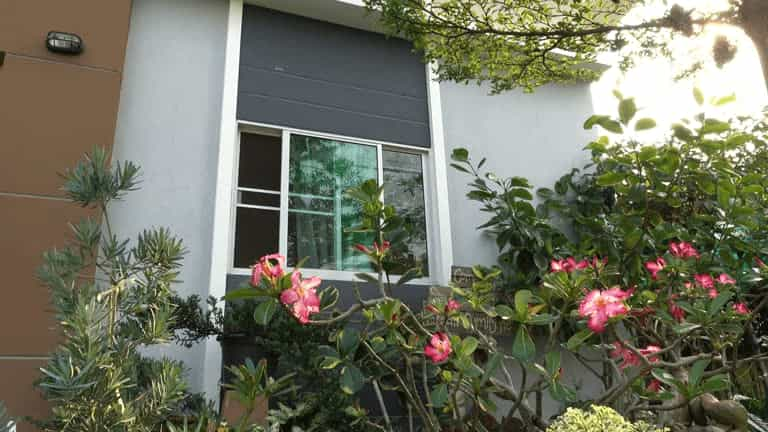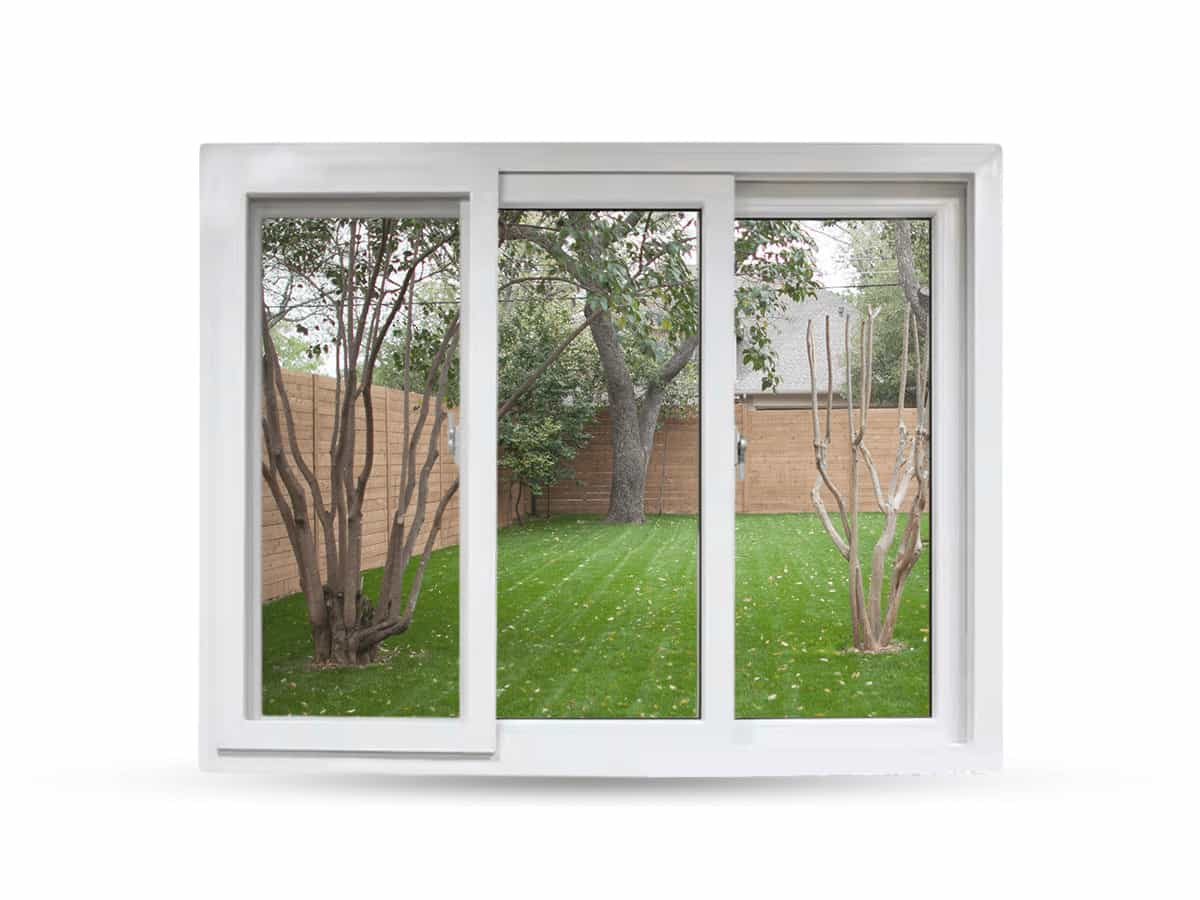Why Choose uPVC Sliding Windows?
uPVC sliding windows offer advantages that make them ideal for homes prioritizing space-saving and easy operation. Unlike casement windows, which open outward or inward, sliding windows open horizontally, making them great for rooms with limited space. They also provide wide, unobstructed views and can handle large glass panes with ease, allowing more natural light into your home. Sliding windows require minimal maintenance, and their design is excellent for both modern aesthetics and energy efficiency.
Key Features of uPVC Sliding Windows

1. Glazing Options for Customizable Insulation
- Single Glazed: Best for regions with mild weather where minimal thermal insulation is required. Single-glazed uPVC sliding windows offer basic energy efficiency and noise reduction.
- Double Glazed: Consists of two glass panes with an air or gas layer in between, providing superior insulation and energy savings. Double-glazed uPVC windows are suitable for temperate to cooler climates.
- Triple Glazed: Offers maximum thermal insulation and noise reduction, ideal for extreme climates. Triple-glazed windows are highly energy efficient, suitable for very hot or cold regions.
2. Weather Resistance and Durability
- uPVC sliding windows are weather-resistant and can withstand humidity, UV rays, and temperature fluctuations. Their durable, sealed frame structure provides excellent insulation while keeping out dust, rain, and pollutants.
- Unlike traditional windows, uPVC sliding windows are resistant to corrosion and warping, making them a reliable choice for both coastal and urban environments.
3. Grills for Added Security and Style
- Windows with Grills: Grill designs enhance security and add an architectural style, especially useful for ground-floor installations. Grills provide added protection and come in various styles to complement home aesthetics.
- Windows without Grills: Grill-free sliding windows offer unobstructed views and a sleek, modern look, suitable for upper-level rooms or locations with minimal security concerns.
Suitable and Unsuitable Climates for uPVC Sliding Windows
Suitable Climates
uPVC sliding windows perform well in temperate and humid climates. Their sliding design and weather-resistant material make them ideal for hot, humid, or coastal areas where UV resistance and air circulation are crucial. Double or triple glazing enhances energy efficiency in cooler climates, providing reliable thermal insulation.
Unsuitable Climates
Sliding windows are generally not recommended for extremely windy areas due to potential rattling. They may also be less suitable for high-altitude locations with snow accumulation, as the horizontal frame can allow snow buildup along the track, affecting performance.
Best Locations for uPVC Sliding Windows in the Home
1. Living Rooms and Bedrooms
Living rooms and bedrooms benefit from sliding windows’ wide openings, allowing in more natural light and providing excellent views. They are also ideal for rooms that overlook gardens or scenic areas, offering an open, airy ambiance.
2. Kitchens
Sliding windows work well in kitchens where wall space is limited. They’re easy to operate and allow quick ventilation without interfering with cabinetry or countertops.
3. Balconies and Patios
For homes with balconies or patios, sliding windows provide an ideal way to blend indoor and outdoor spaces. They can cover large wall sections, allowing easy access and visual connection to outdoor areas.
Precautions for Ground-Floor uPVC Sliding Window Installation
When installing uPVC sliding windows on the ground floor, consider adding security grills or reinforced locks. Choose tempered or laminated glass for extra durability against break-ins or accidents. Ensure the tracks and locks are well-maintained to keep the window secure and easy to operate.
How to Order a uPVC Sliding Window
Step 1: Measure the Space and Choose Specifications
- Measure the window opening accurately and determine the glazing type based on your climate (single, double, or triple glazing).
- Select frame colors, grill styles (if needed), and other additional features, such as insect screens or tinting for added privacy.
Step 2: Consult a Reputable Supplier
- Contact a trusted uPVC supplier to discuss customization options. Ask about warranties for glazing, frame quality, and hardware durability.
- Review available add-ons, such as security locks, soundproofing, and UV-resistant coatings, to enhance the window’s functionality.
Step 3: Place Your Order and Schedule Installation
- Confirm your budget and specifications with the supplier before placing the order. Schedule a professional installation to ensure a secure fit and smooth operation.
Additional Benefits of uPVC Sliding Windows
- Space-Efficient Design: Sliding windows don’t swing out, saving space both inside and outside, making them ideal for compact rooms or areas with walkways.
- Improved Energy Efficiency: With the right glazing, uPVC sliding windows improve thermal insulation, reducing energy bills and providing comfort in all seasons.
- Minimal Maintenance: The durable uPVC material is resistant to rust, warping, and fading. Simple cleaning is all that’s needed to keep these windows looking new.
uPVC sliding windows are a versatile, energy-efficient, and low-maintenance option for modern homes. With options for single, double, and triple glazing, as well as customizable features like grills and insect screens, they can be tailored to meet a variety of climates and household needs. A professional installation ensures maximum benefits in terms of security, energy savings, and style, providing a lasting solution that enhances both comfort and aesthetics.

